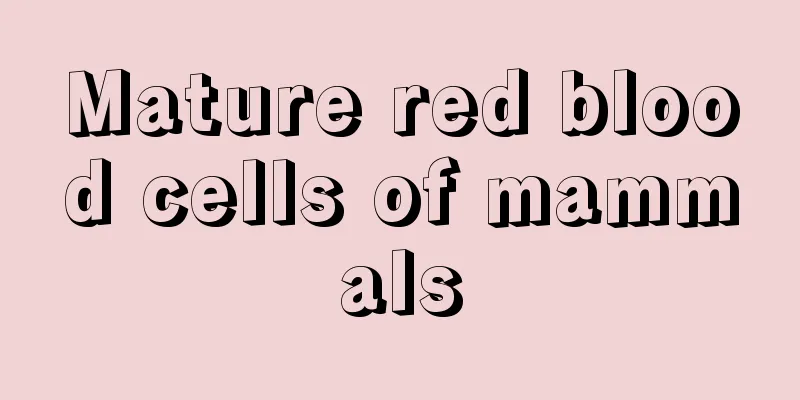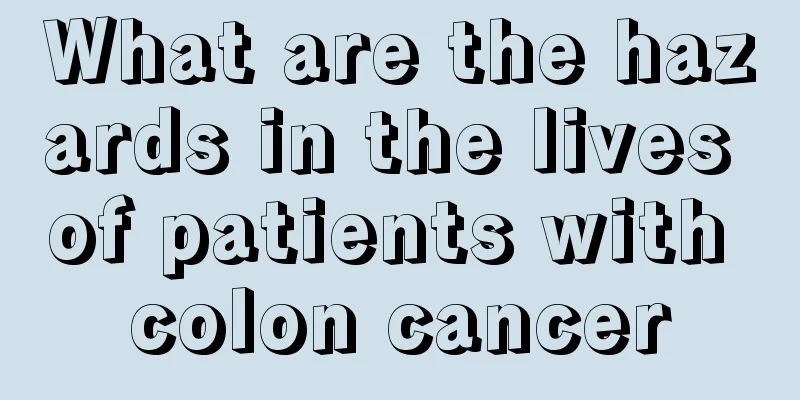Mature red blood cells of mammals

|
Blood is a very important substance in the human body, and it is also a medium for transporting nutrients. The main components of blood are red blood cells, white blood cells, and platelets. Red blood cells occupy an important position in the blood, and their main role in the blood is to participate in the transport of oxygen. For mammals, red blood cells are divided into mature red blood cells and immature red blood cells. Does DNA exist in mature red blood cells of mammals? There is no DNA, nor any genetic material. When mammalian red blood cells are immature, they contain various organelles and DNA and synthesize necessary proteins. During the maturation process, organelles such as the nucleus, mitochondria, and ribosomes gradually disappear. Fully mature red blood cells have no organelles and genetic material, only some necessary proteins and enzymes that participate in the transport of oxygen and have a very short lifespan. Mature red blood cells in mammals lack various organelles, a nucleus, and ribosomes. The various proteins in mature red blood cells (hemoglobin and various enzymes related to aerobic respiration) used to carry oxygen and enable their own aerobic respiration are all produced by undifferentiated cells. Mature red blood cells have an extremely short lifespan because they do not have a nucleus. In the early stage of erythrocyte development, i.e. the proerythroblast stage, the erythrocyte volume becomes smaller, the cytoplasm becomes strongly alkaline, the free ribosomes are abundant, hemoglobin synthesis begins, the chromosomes in the nucleus condense into blocks, and the nucleolus disappears. Later in development, hemoglobin synthesis increases and the cells lack organelles. Finally, the nucleus is expelled and becomes a terminally differentiated anucleated erythrocyte. According to the principle of structural and functional adaptation, these characteristics of red blood cells are closely related to their exchange of CO2 and O2. The cells are small and round in shape, which helps them move quickly within blood vessels. Their small size means a relatively large surface area, which helps improve gas exchange efficiency. The main substance inside the cell is hemoglobin, which helps to bind more CO2 and O2. Therefore, the highly specialized structure of red blood cells is closely related to their function. |
<<: Eye mucus medicine is effective
>>: My finger is swollen and painful after pulling out the thorn
Recommend
What should I do if I always feel anxious and short of breath?
There are many things in life that can affect peo...
What are the dangers of high cholesterol
The three highs that are often mentioned, 'hi...
Can high transaminase be cured?
Normally, people are afraid of damage to the live...
What kind of diet should be paid attention to in the late stage of liver cancer
Liver cancer often develops from cirrhosis. In th...
How to wash your face cleanly
We all wash our faces every day, but not every ti...
What is the most effective way to prevent gout?
No matter who you are, you should pay more attent...
What is the formula for scale remover
Many people hope to know about the formula of sca...
Are women who are too depressed more likely to develop breast cancer? Five ways to check for breast cancer in women
Physical health is not only related to life and d...
The benefits of taking a nap at noon
In fact, taking a nap at noon has many benefits f...
How to prevent infectious gastroenteritis?
Generally speaking, summer is a season with a rel...
The efficacy and function of walnut skin
The skin of the walnut also has certain medicinal...
What is formaldehyde?
It is well known that after buying a new house or...
What should patients with gastric bleeding pay attention to?
Medically speaking, gastric bleeding is generally...
What to do if you have bad breath for a long time
The problem of bad breath has a great impact on p...
What are the symptoms of nasopharyngeal carcinoma metastasizing to the lungs and what are the dietary principles?
What nasopharyngeal carcinoma patients are most w...









